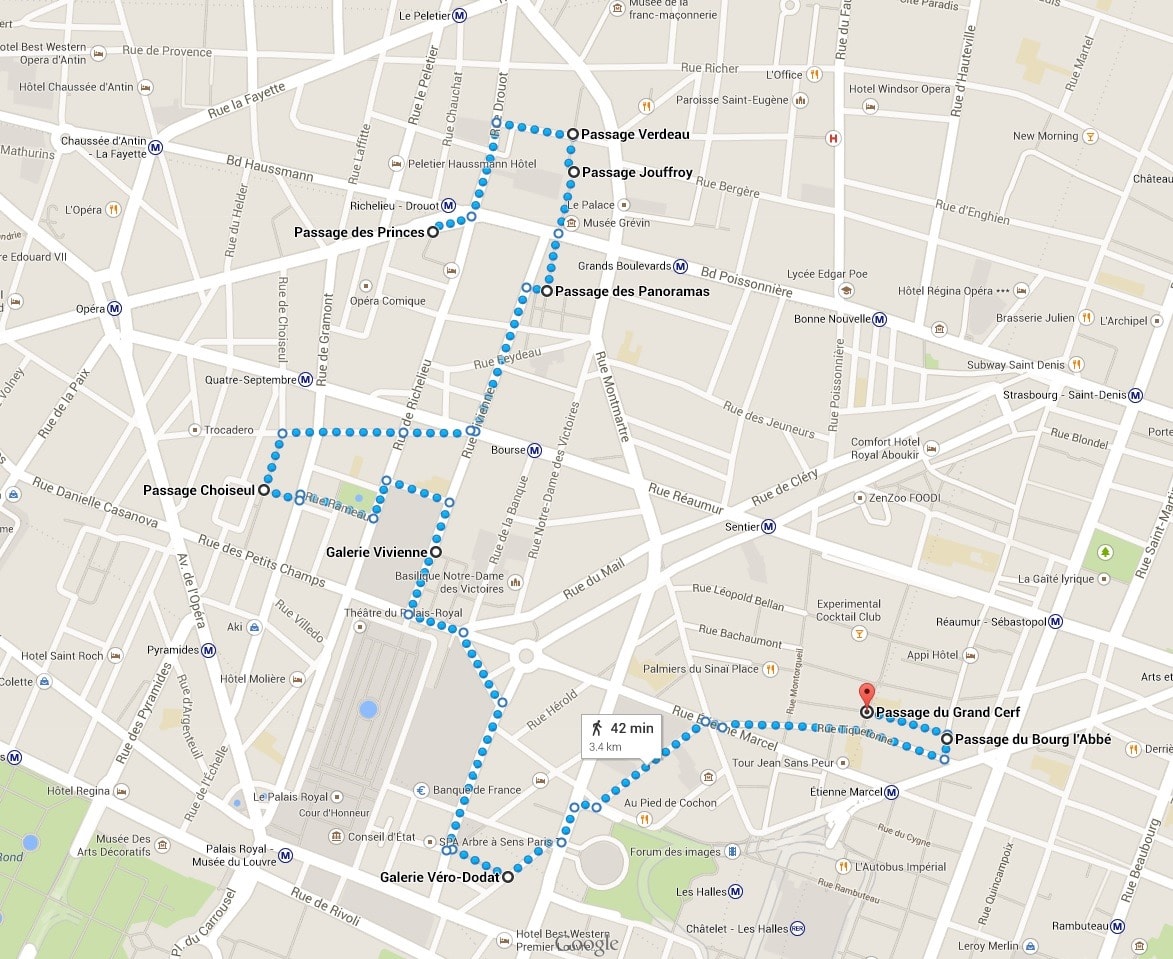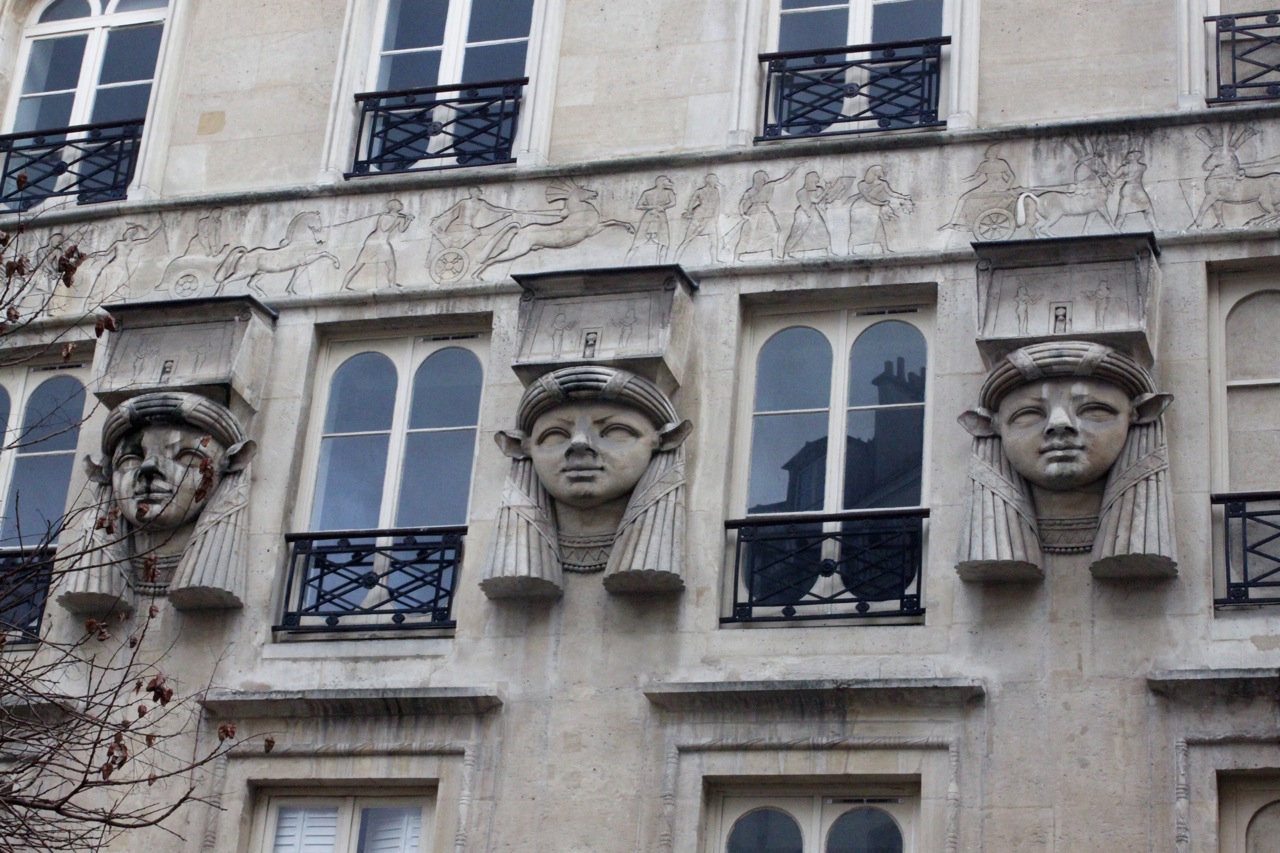Wilson Jones Co., est. 1893 by [[Made-in-Chicago Museum]]
Henry T. Sisson
patents
Friedrich Soennecken
3-ring binders
Wilson Jones Co.
Ralph B. Wilson
Chicago Shipping and Receipt Book Co.
loose leaf paper
W. Gifford Jones
Harry S. Jones
Benjamin Kulp
Irving-Pitt Manufacturing Co.
Samuel C. Tatum Co.
labor relations
strikes
Swingline
ACCO
read
3 hole punch





 (
(


 This an image of the Passage du Caire which was built in the heart of the French Revolution. The architecture reflects this time period. The citizens are France had to choose between the two paths that were a head of them, monarchy or democracy. This building represents that choice.
This an image of the Passage du Caire which was built in the heart of the French Revolution. The architecture reflects this time period. The citizens are France had to choose between the two paths that were a head of them, monarchy or democracy. This building represents that choice.